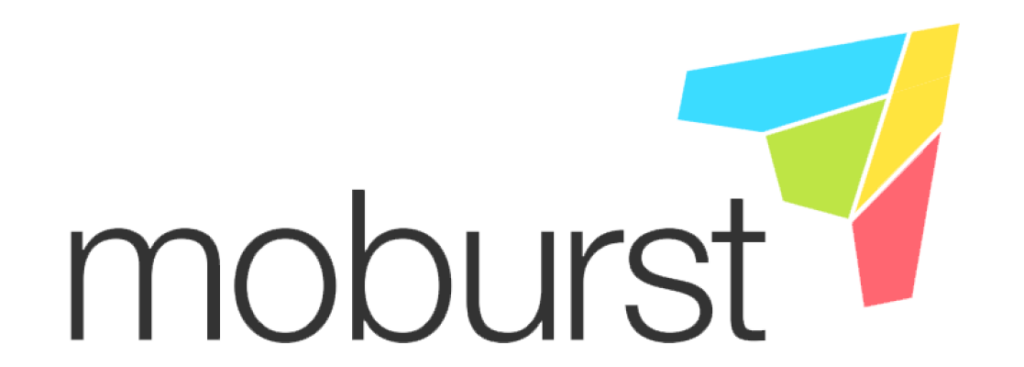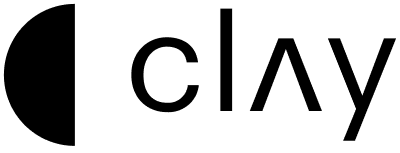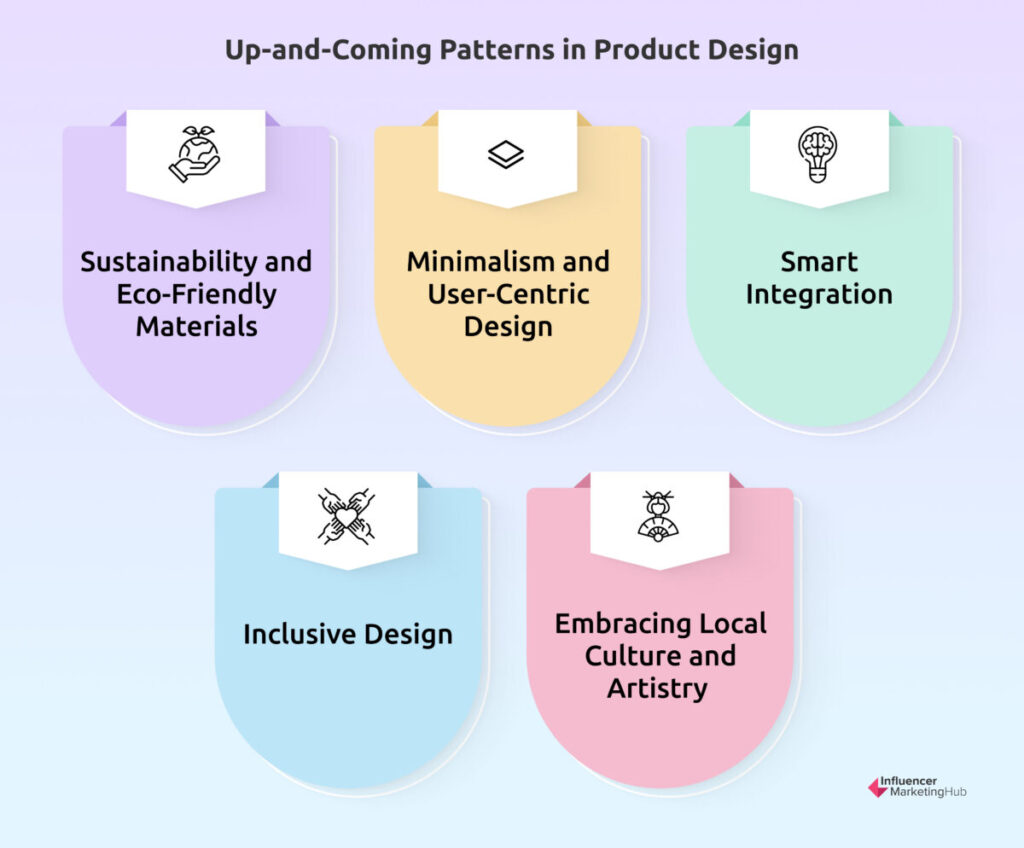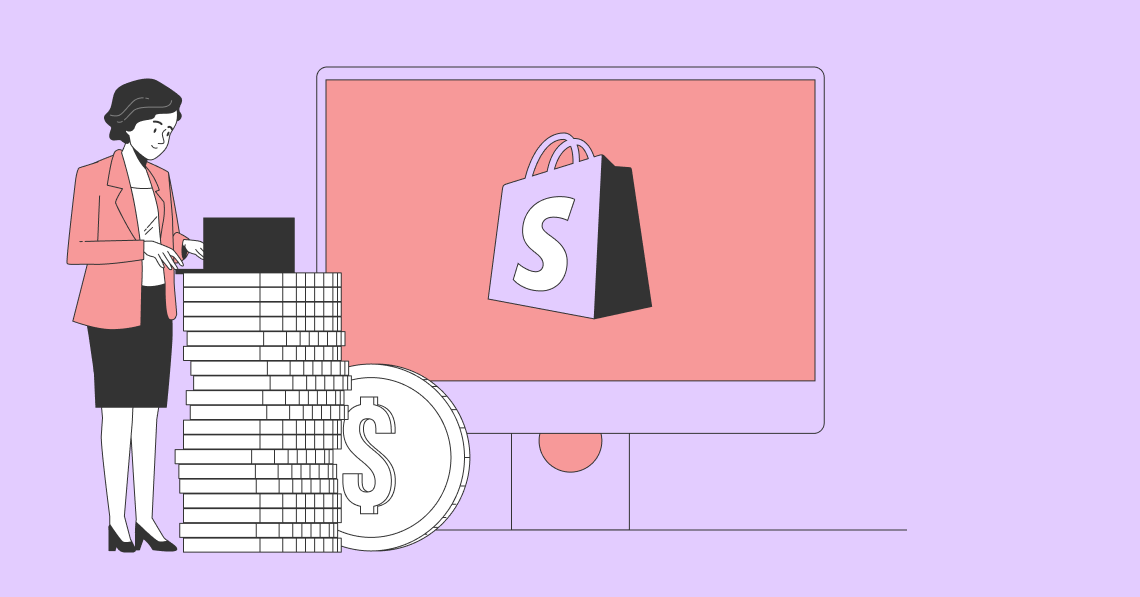Influencer Marketing Hub sets itself apart from conventional review platforms through the involvement of Web Development & Design experts such as Werner Geyser, Djanan Kasumovic, Camille Kennedy, Dave Eagle, and other notable industry figures. This expert team brings a profound understanding of the Web Development & Design landscape, assessing tools and platforms with an insider’s perspective on capabilities, experience, and industry acumen. Unlike user-generated review platforms, Influencer Marketing Hub’s evaluations are rooted in extensive firsthand experience and direct interactions with the tools and platforms in question. This ensures that the reviews are not only trustworthy but also deeply informed. High-caliber brands like Moburst, Clay, and Neuron undergo rigorous monthly evaluations, highlighting the platform’s commitment to identifying and showcasing top-tier solutions in Web Development & Design and beyond.
Influencer Marketing Hub has consistently been recognized by leading media outlets for our authoritative data, findings, and insights within the Web Development & Design landscape. Our platform is frequently cited as a trusted source of information, demonstrating the value and impact of our work in shaping industry standards and practices.
Influencer Marketing Hub employs an expert-driven methodology to evaluate Web Development & Design agencies, ensuring that our recommendations are both reliable and comprehensive. This approach is designed to help businesses and individuals find the best agencies to meet their specific Web Development & Design needs. Here’s how we assess the various agencies like Moburst, Clay, and Neuron:
Product development is a fast-paced sector. If you don’t want to be left behind, you must find the right product design agency. These agencies offer a blend of artistry, technology, and market savviness, turning a concept into a commercial success. This expert guide offers an insightful look into the realm of product design services, highlighting the crucial role these agencies play in shaping products that captivate and connect with consumers.
Top Product Design Agencies
Pricing: $5,000+ Agency Size: 10 – 50 Location: New York, New York As a product design agency, Moburst shines in delivering top-notch UI/UX design services. Your journey with Moburst begins with a deep dive into user behavior, ensuring the final product is not only visually appealing but also highly functional and user-centric. Specializing in mobile app optimization, they enhance user experience and interface design. Their expertise extends to A/B testing, ensuring your product performs exceptionally in the market. The agency’s commitment to data-driven design and personalized strategies makes them a standout choice for businesses seeking to elevate their mobile products. Pricing: $100,000+ Agency Size: 10 – 50 Location: San Francisco, California Clay is a product design agency that offers a blend of AI, design, and technology to create standout digital products and experiences. Your collaboration with Clay means engaging in a process where aesthetics meet behavioral science, resulting in digital products that are not only visually stunning but also deeply connected with the target audience. They specialize in UI/UX design, website creation, and digital product design, making them a versatile choice for businesses looking to make a significant digital impact. Their services extend to branding and content production, ensuring a cohesive and comprehensive approach to your product’s design and market presence. Pricing: $20,000+ Agency Size: 10 – 50 Location: San Francisco, California Neuron, a product design agency, is your special ops team for tackling complex UX/UI design challenges. They begin with a comprehensive discovery phase, SPARC (Strategic Planning, Audit, and Research Compilation), ensuring a deep understanding of your business needs and product requirements. Specializing in B2B workplace products, Neuron UX is adept at creating tools that enhance productivity and intelligence across various industries. Their services in prototypes and design systems are tailored to elevate your product’s user experience to new heights. Pricing: $25,000+ Agency Size: 50 – 249 Location: Warsaw, Poland With Intent stands out as a product design agency with a keen focus on software design and engineering for connected devices. With over a decade of experience, they excel in bringing connected device projects from concept to market. Their services cover the entire product lifecycle, including design, development, and maintenance, making them a comprehensive choice for your digital product needs. With Intent’s expertise lies in creating digital products that seamlessly integrate with physical devices, ensuring a holistic user experience. Pricing: $25,000+ Agency Size: 50 – 249 Location: Poznań, Poland Apptension, a design and branding agency, offers bespoke design solutions for digital products with a strong emphasis on user-friendly interfaces. Their process includes comprehensive steps like information architecture, wireframes, UI/UX design, and more, ensuring a thorough approach to your product’s design. Apptension’s strength lies in their human-centered design philosophy, creating products with a distinctive brand identity. They utilize tools like Figma, Photoshop, and Illustrator to bring their designs to life, catering to a wide range of design needs. Pricing: $10,000+ Agency Size: 10 – 49 Location: L’viv, Ukraine MetaCarbon, an experienced design agency, excels in digital products and services. They offer a unique blend of UX strategy, interface design, and branding, catering to businesses seeking excellence. MetaCarbon’s approach, starting as an independent creative duo and evolving into a feisty team, reflects their adaptability and commitment to engaging design. Their portfolio, ranging from 3D asset marketplaces to product marketing tools, showcases their versatility and innovative approach in digital product design. Pricing: $25,000+ Agency Size: 10 – 49 Location: Ottawa, Canada Brash Inc. is a product design and engineering firm offering end-to-end solutions. Their comprehensive services include industrial design, prototyping, mobile app and software development, and branding. Brash Inc. is known for its user-centered design approach, focusing on creating products that resonate with users while incorporating style and innovation. Their turnkey solutions cover everything from concept sketches to market-ready products, making them a one-stop shop for your product development needs. Pricing: $5,000+ Agency Size: 10 – 49 Location: Zagreb, Croatia Aras Digital Products specializes in creating end-to-end digital products primarily focusing on mobile apps. Their expertise in developing a range of digital solutions, from food truck discovery platforms to travel management apps, showcases their versatility and innovative approach. Aras Digital Products is particularly adept at mobile app development, offering comprehensive services that cover the entire spectrum of digital product creation. Pricing: $10,000+ Agency Size: 10 – 49 Location: Austin, Texas Pushstart Creative, a product design company, excels in connected products and interfaces, blending digital and physical design. Their broad experience across industries, from consumer electronics to connected appliances, positions them as a leader in innovative product design. Pushstart Creative’s strategy involves user journey mapping, stakeholder interviews, and competitive benchmarking, ensuring a comprehensive approach to product development. Their focus on creating memorable experiences through connected strategy development and digital plus physical user interface design sets them apart. Pricing: $5,000+ Agency Size: 10 – 49 Location: Morrisville, North Carolina Porticos is a product development company renowned for its custom solution approach. Specializing in new product development, engineering investigation, and production, they cater to a wide range of industries with innovative and optimized products. Their collaborative approach ensures the end product aligns perfectly with client needs and market requirements. Porticos’ portfolio includes a variety of groundbreaking solutions, demonstrating their expertise in turning ideas into tangible, market-ready solutions.1. Moburst
2. Clay
3. Neuron
4. With Intent Agency
5. Apptension Agency
6. MetaCarbon Agency
7. Brash Inc. Agency
8. Aras Digital Products Agency
9. Pushstart Creative Agency
10. Porticos Agency
Emerging Trends in Product Design
The product design landscape is continuously evolving, driven by technological advancements and shifting consumer preferences. Staying abreast of these trends is essential for businesses and designers aiming to remain competitive and relevant. Here are some key trends shaping the future of product design:
Sustainability and Eco-Friendly Materials
Environmental consciousness has transitioned from a trend to a core aspect of product design. The use of biodegradable materials and designs that reduce environmental impact is increasingly prevalent. This shift is not only beneficial for the planet but also aligns with consumer expectations. A NielsenIQ study reveals that 46% of consumers expect brands to lead in sustainable change. This trend reflects a growing demand for eco-friendly and innovative products.
Minimalism and User-Centric Design
The mantra 'less is more' is gaining traction in product design. Minimalism, focusing on functionality and user experience, is becoming a dominant trend. Brands like Apple have pioneered this approach, known as "extreme minimalism," which emphasizes simplicity and practicality. This trend caters to consumers' desire for products that are both aesthetically pleasing and easy to use.
Smart Integration
Incorporating technology into product design is now a standard rather than an exception. The integration of IoT connectivity, AI functionalities, and adaptive designs is becoming commonplace. For example, according to Exploding Topics, the number of IoT devices has seen a 15-fold increase over the past decade, with projections of over 41 billion devices by 2027. This trend underscores the growing importance of technology in enhancing product functionality and user experience.
Inclusive Design
Inclusivity in product design is paramount. Designers are increasingly considering a diverse range of users, encompassing different abilities, ages, and cultural backgrounds. This inclusive approach ensures that products are accessible and usable by a broader audience, thereby expanding their reach and impact.
Embracing Local Culture and Artistry
There is a rising appreciation for local craftsmanship and cultural influences in product design. This trend merges modern aesthetics with traditional elements, resulting in products that are not only visually appealing but also culturally rich and meaningful.
What do Product Design Agencies Do?
Product design agencies are specialized firms that focus on creating new products or improving existing ones. Their role encompasses a wide range of activities, from initial concept development to final product launch. Here’s an overview of what these agencies typically do:
Conceptualization and Ideation
Product design agencies begin by understanding the client's vision, market needs, and user preferences. They engage in brainstorming sessions and ideation processes to develop innovative product concepts that align with the client's goals and market trends. For instance, Moburst specializes in UI/UX design, focusing on mobile app optimization, while Clay integrates AI with design and technology for digital product excellence.
Research and Market Analysis
These agencies conduct thorough market research and analysis to understand the competitive landscape, target audience, and current market trends. This research helps refine product concepts and ensure that they meet the actual needs of the end-users. Neuron, for example, undertakes a comprehensive discovery phase known as SPARC (Strategic Planning, Audit, and Research Compilation) for this purpose.
Design and Prototyping
Once a concept is finalized, product design agencies create detailed designs and prototypes. This stage involves using various design tools and technologies to bring the concept to life. Agencies like With Intent specialize in software design and engineering for connected devices, covering the entire product lifecycle. Prototypes are essential for testing the feasibility and functionality of the product.
User Testing and Feedback
Agencies often conduct user testing to gather feedback on the prototype. For example, Apptension’s human-centered design philosophy emphasizes creating user-friendly interfaces. This feedback is crucial for making necessary adjustments and improvements to the design, ensuring that the final product is user-friendly and meets customer expectations.
Final Design and Production
After refining the design based on feedback, the agency finalizes the product design. They work closely with manufacturers to oversee the production process, ensuring that the final product is of high quality and aligns with the initial design specifications.
Branding and Marketing
Product design agencies also assist in branding and marketing the product. They develop packaging, branding materials, and marketing strategies to effectively launch and promote the product in the market. Agencies like MetaCarbon blends UX strategy, interface design, and branding to help client products stand out in a competitive marketplace.
Product design agencies play a critical role in transforming ideas into tangible products. They combine creativity, technical expertise, and market insights to create products that are not only innovative and functional but also resonate with the target audience.
Methodology
Our approach was meticulous and data-driven in crafting our comprehensive list of top product design agencies. We analyzed a vast array of agencies, focusing on a diverse range of factors to ensure a well-rounded evaluation. Our team of experts examined over 14,000 agencies, leveraging more than six years of experience in the product design industry. This extensive review process involved dissecting each agency's portfolio, client feedback, and market presence. We delved into various aspects, such as design innovation, technical expertise, client collaboration, and project management capabilities. Additionally, we scrutinized the agencies' ability to stay abreast of evolving design trends and technologies. Our methodology also included a thorough assessment of each agency's impact on their client's success, ensuring that our list reflects both creative excellence and tangible business results.
Conclusion
The journey to selecting a product design agency is laden with opportunities and challenges. The right agency can elevate a product from ordinary to extraordinary, infusing it with innovation and market appeal. However, navigating the myriad of options requires a keen eye for quality, a deep understanding of your product's unique needs, and an awareness of the latest trends in design and consumer preferences. That’s why our team of seasoned experts created this guide to help you make a well-informed decision. By choosing a partner that aligns with your vision and values, you unlock the door to a successful product and a transformative brand experience.
Frequently Asked Questions
What should I look for in a product design agency?
Look for agencies with a strong portfolio that aligns with your vision, proven expertise in your industry, and a collaborative approach to ensure your ideas are effectively brought to life
How important is industry-specific experience in choosing a product design agency?
Industry-specific experience can be crucial as it means the agency understands your market's unique challenges and opportunities, though innovative insights from other industries can also be valuable.
Can a product design agency help with market research and analysis?
Yes, many product design agencies offer market research and analysis services to ensure your product is well-positioned and meets the needs of your target audience.
What is the typical timeline for a product design project?
Timelines can vary greatly depending on the project's complexity, but a typical product design project can take anywhere from a few weeks to several months.
How do product design agencies incorporate sustainability into their designs?
Many agencies now prioritize eco-friendly materials and processes and consider the product's entire lifecycle to minimize environmental impact.
















